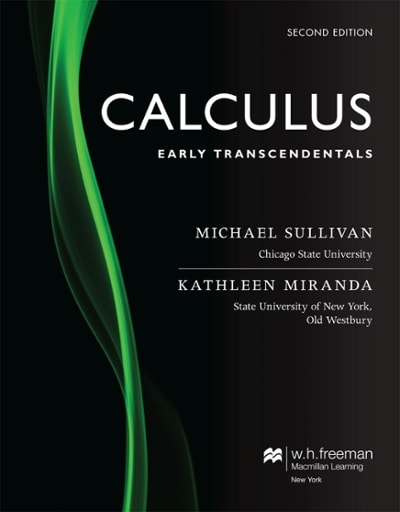Question
This issue is fill in the clear. Simply pick the right answers. Much thanks to you for your assistance An analyst is contemplating the mental
This issue is fill in the clear. Simply pick the right answers. Much thanks to you for your assistance
An analyst is contemplating the mental self view of smokers, as estimated by the mental self portrait (SI) score from a character stock. She might want to look at the mean SI score,
, for the number of inhabitants in all smokers. Recently distributed examinations have shown that the mean SI score for the number of inhabitants in all smokers is 85 and that the standard deviation is 10, yet the therapist accepts that the incentive for the mean has expanded. She intends to play out a factual test. She takes an arbitrary example of SI scores for smokers and registers the example intend to be 95.
In view of this data, answer the inquiries beneath.
1. What are the invalid speculation (H0) and the elective theory (H1) that ought to be utilized for the test?
H0: (pick one) not exactly, not exactly or equivalent to, more noteworthy than, more prominent than or equivalent to, equivalent to, or not equivalent to.
(pick one) 85, 95, or 10.
H1: (Choose one) not exactly, not exactly or equivalent to, more noteworthy than, more prominent than or equivalent to, equivalent to, or not equivalent to.
(Pick one) 85, 95, or 10.
With regards to this test, what is a Type I mistake?
2. A sort I mistake is:
(pick one) dismissing or neglecting to dismiss the theory that is
(pick one) not exactly, not exactly or equivalent to, more prominent than, more noteworthy than or equivalent to, equivalent to, or not equivalent to
(Pick one) 85, 95, or 10 when, indeed, is
(pick one) not exactly, not exactly or equivalent to, more noteworthy than, more prominent than or equivalent to, equivalent to, or not equivalent to
(Pick one) 85, 95, or 10.
3. Assume that we choose to dismiss the invalid theory. What kind of mistake may we make?
(Pick one) Type I or Type II
In the assembling of light radiating diode (LED), various layers of ink are on the optic focal point. The thickness of these layers is basic if particulars with respect to the last tone and power of light are to be met. Allow X1 and X2 to mean the thickness of two distinct layers of ink. It is realized that X1 is ordinarily circulated with a mean of 0.1 mm and a standard deviation of 0.00031 mm, and X2 is additionally typically conveyed with a mean of 0.23 mm and a standard deviation of 0.00017 mm. Expect that these factors are autonomous. Let T as the ink complete thickness.
Give the assessed ink complete thickness (in 2 decimal spots) :
Give the assessed standard deviation of the ink absolute thickness (in six (6) decimal places)=
A light with a complete ink thickness (T) surpassing 0.2405 mm does not have the consistency of shading that the client requests. Discover the likelihood that an arbitrarily chosen light neglects to meet client particulars Answer (in 2 decimal spots) :
Given an arbitrary variable X with Moment Generating capacity M(t), figure the Moment producing capacities for the accompanying irregular factors (as far as M).
@27@
In every subpart, k is a scalar.
a. k X
b. X + k
c. Ni=0 Xi where all Xi are examined autonomously from X.
d. An irregular variable Y with PDF(y) = PDF (x + k), both PDF characterized over R.
e. An irregular variable Y with PDF(y)=PDF (2x)
Junior Achievement USA and the Allstate Foundation studied young people matured 14 to 18 and asked at what age they figure they will turn out to be monetarily free. The reactions of 944 teens who responded to this overview question as follows:
Age Financially Independent, Number of Responses
16 to 20, 191
21 to 24, 467
25 to 27, 244
28 or more established, 42
Consider the analysis of haphazardly choosing a teen from the number of inhabitants in Poung people matured to 14 to 18.
Required:
a. Process the likelihood of being monetarily autonomous for every one of the four age classes.
b. What is the likelihood of being monetarily autonomous before the age of 25?
c. What is the likelihood of being monetarily autonomous after the age of 24?
d. Do the probabilities recommend that the teens might be fairly unreasonable in their assumptions regarding when they will turn out to be monetarily autonomous?
Step by Step Solution
There are 3 Steps involved in it
Step: 1

Get Instant Access to Expert-Tailored Solutions
See step-by-step solutions with expert insights and AI powered tools for academic success
Step: 2

Step: 3

Ace Your Homework with AI
Get the answers you need in no time with our AI-driven, step-by-step assistance
Get Started


